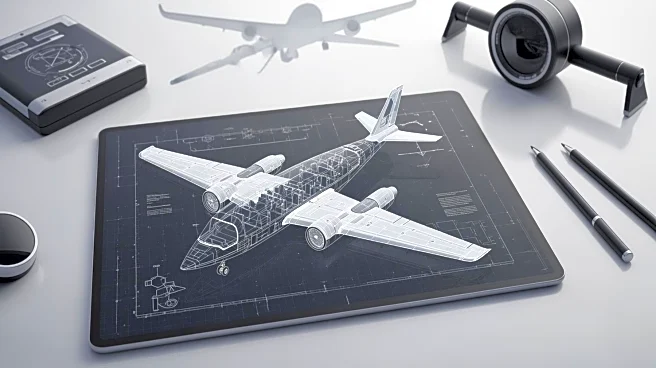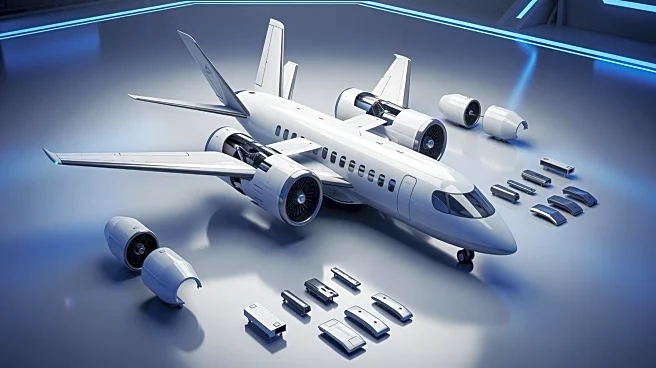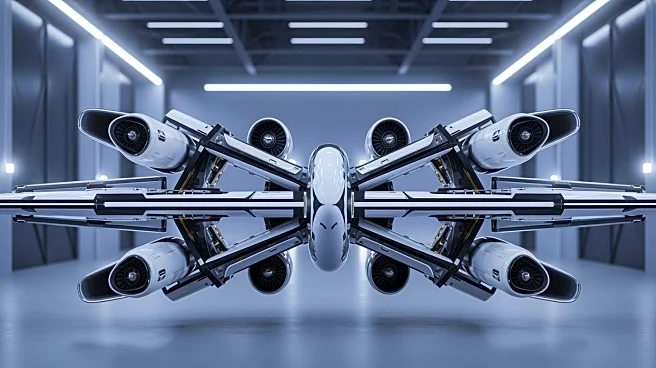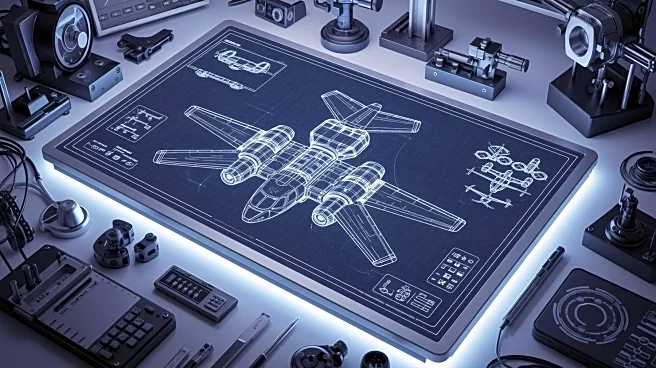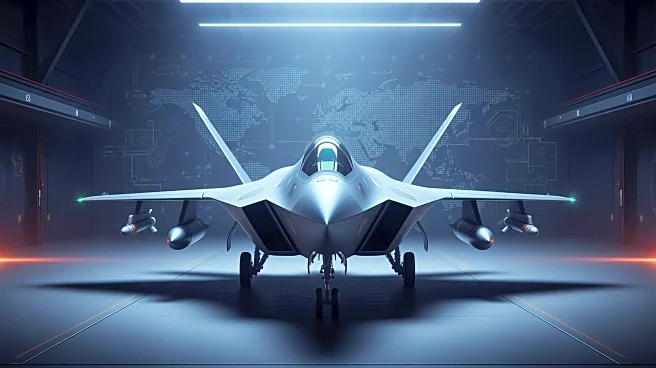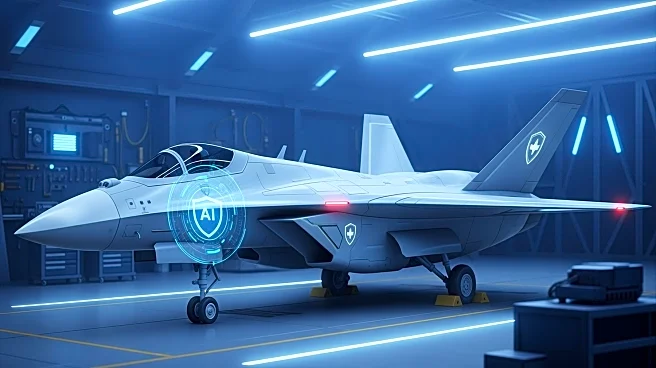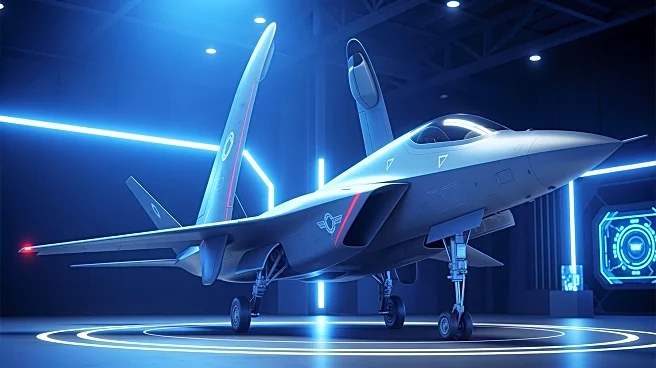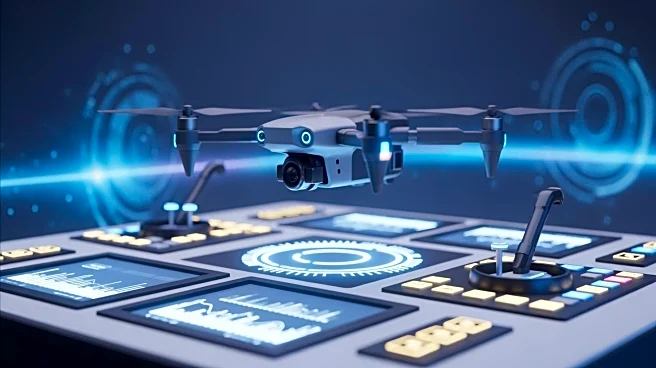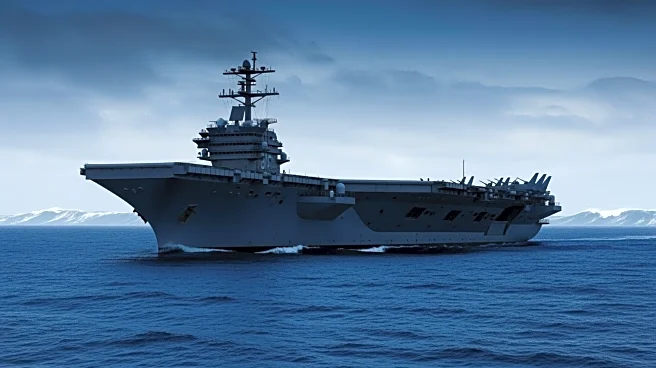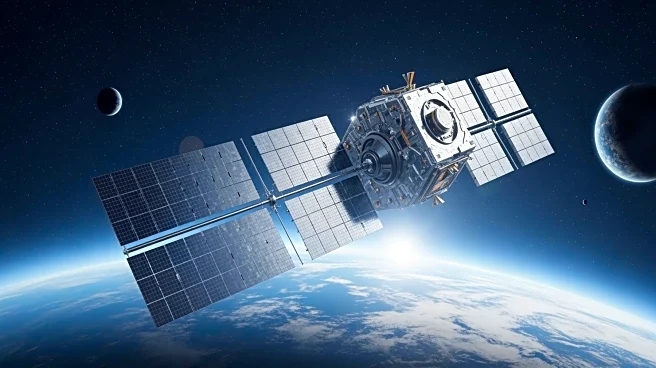What's Happening?
General Atomics Aeronautical Systems, Inc. (GA-ASI) has been awarded a contract by the U.S. Navy to develop conceptual designs for Collaborative Combat Aircraft (CCA). These aircraft are intended to support
future carrier-based air wing operations with a modular approach to platform selection, allowing rapid reconfiguration and upgrades for evolving mission requirements. The CCAs are semi-autonomous jet fighters designed to complement traditional human-piloted combat aircraft, enhancing capabilities and operational flexibility. GA-ASI's design will emphasize coordination among manned fighters, uncrewed vehicles, and support platforms, aiming to reduce risk to crewed aircraft and support 4th- and 5th-generation aircraft while complementing future 6th-generation platforms.
Why It's Important?
The development of CCAs represents a significant shift in military aviation strategy, focusing on cost efficiency and operational flexibility. By integrating semi-autonomous aircraft into carrier-based operations, the U.S. Navy can enhance its air wing's lethality and reduce risks to human pilots. This approach aligns with the Navy's acquisition strategy of smaller, more frequent purchases, allowing for rapid technology insertion. The contract with GA-ASI underscores the importance of unmanned systems in modern warfare, potentially influencing future defense procurement and operational strategies.
What's Next?
GA-ASI's contract follows its selection to design and fly the U.S. Air Force's first CCA, the YFQ-42A, which began flight testing in August. The company is expected to leverage its experience with unmanned combat aircraft to expedite the deployment of CCAs onto Navy flight decks. As the Navy continues to explore modular and semi-autonomous systems, further contracts and collaborations with defense manufacturers may arise, potentially leading to advancements in unmanned aerial technology and strategic defense capabilities.
